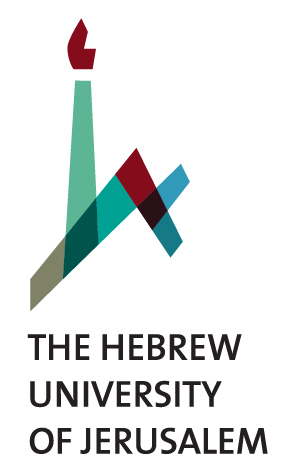Pesher Habakkuk
Pesher Habakkuk is one of the first and best-preserved Dead Sea Scrolls, which are now exhibited at the Shrine of the Book, within the Israel Museum in Jerusalem. The work is a running commentary on the biblical, prophetic book of Habakkuk (one of the Minor or Twelve Prophets), composed according to the special hermeneutics of the sectarian community whose writings were found at the Qumran caves.
Following its approach of interpreting an ancient prophecy on a contemporary situation, the Qumran community interpreted Habakkuk’s prophecy (originally referring to events of the late First Temple period or Iron Age) as pertaining to the time and events related to the sectarian community itself (in the late Second Temple or period). In so doing, Pesher Habakkuk exposes the spiritual tensions, political controversies and cultural dynamics that motivated the various factions of the Jewish society during the Hellenistic-Roman period—the formative era in the history of classical Judaism and the emerging Christianity.
The project, in cooperation with the Shrine of the Book and the Israel Museum, aims at offering a new, updated and accessible interpretation to the ancient commentary, which will also serve as a portal to the fascinating world of the Dead Sea Scrolls for broad readership.
English Publications
Noam Mizrahi, “Saturation, that is, Drunkenness: The Interpretation of 1QpHab 11:8–16 and its Linguistic Background,” submitted to Hokhmat Sopher: Mélanges offerts au Professeur Émile Puech en l’honneur de son quatre-vingtième anniversaire, ed. Jean-Sébastien Rey and Martin Stazak (Etudes Biblique n.s. 88; Leuven: Peeters, 2021), 141–154.
 Noam Mizrahi, Pesher Habakkuk (1QpHab): A Key to Prophecy from the Dead Sea Scrolls, with an introduction by Adolfo Roitman, Jerusalem: Israel Museum & Arta Scritta, forthcoming.
Noam Mizrahi, Pesher Habakkuk (1QpHab): A Key to Prophecy from the Dead Sea Scrolls, with an introduction by Adolfo Roitman, Jerusalem: Israel Museum & Arta Scritta, forthcoming.
'פשר חבקוק' התגלה בין מגילות מדבר יהודה, והוא מן המגילות הראשונות והשמורות ביותר שנמצאו ומוצגות כיום בהיכל הספר שבמוזיאון ישראל בירושלים. החיבור הוא פירוש רצוף לספר חבקוק, אחד הנביאים שדבריהם נכללו בספר תרי-עשר, אך הוא נכתב לפי שיטתה המיוחדת של העדה הכיתתית שכתביה נמצאו במערות קומראן.
לפי תורתה הפרשנית האקטואליסטית של העדה, מתבארים דברי הנביא הקדום (בן שלהי ימי הבית הראשון) בשיטתיות מלאה על זמנה ומאורעותיה של העדה עצמה (בשלהי ימי הבית השני). אגב כך נחשפים המתחים הרוחניים, המחלוקות הפוליטיות והדינמיקה התרבותית שהניעו פלגים שונים בחברה היהודית בתקופה ההלניסטית-רומית – זמן עיצובה של היהדות וראשית הנצרות.
הפרויקט, בשיתוף פעולה עם היכל הספר ומוזיאון ישראל, שואף להציע ביאור חדש, מעודכן ונגיש לפירוש הקדום, אשר ישמש גם שער כניסה לעולמן המופלא של מגילות מדבר יהודה לקהל רחב של קוראות וקוראים.
פרסומים בעברית
נועם מזרחי, "שיכרון שהוא רוויון: לביאורו של פשר חבקוק יא 8–16", מגילות יד (תשע"ט), עמ' 105–117. [JSTOR]
נועם מזרחי, פשר חבקוק: פירוש עכשווי למגילה עתיקה, עם מבוא מאת אדולפו רויטמן, מוזיאון ישראל בירושלים (בדפוס).


